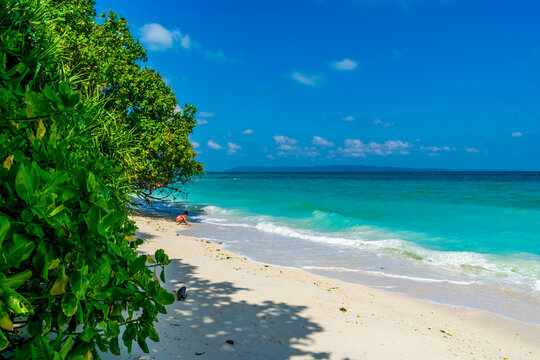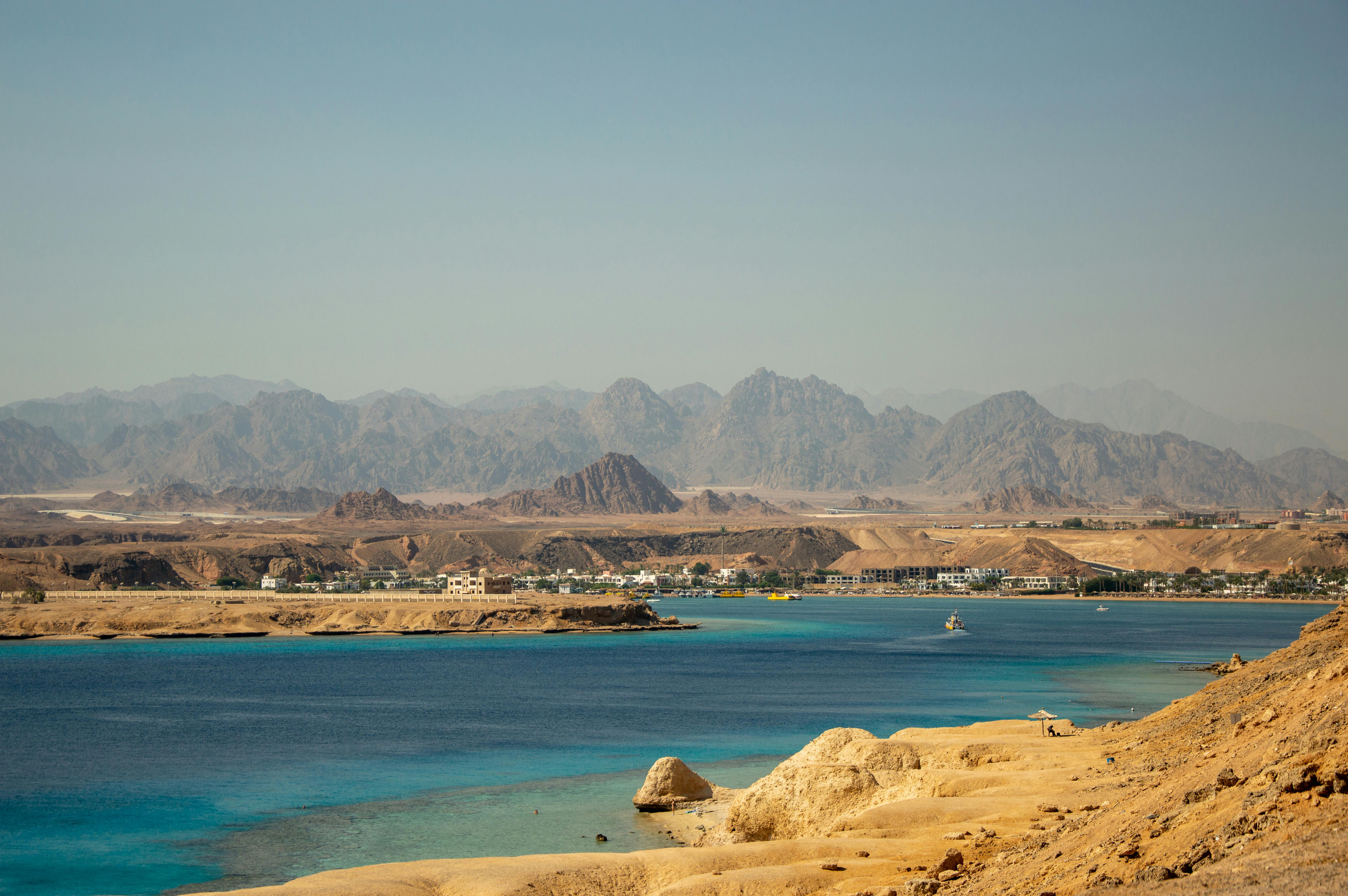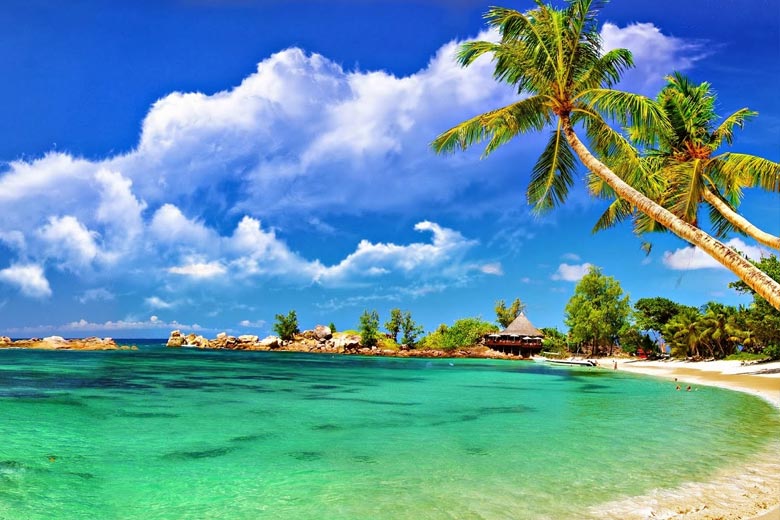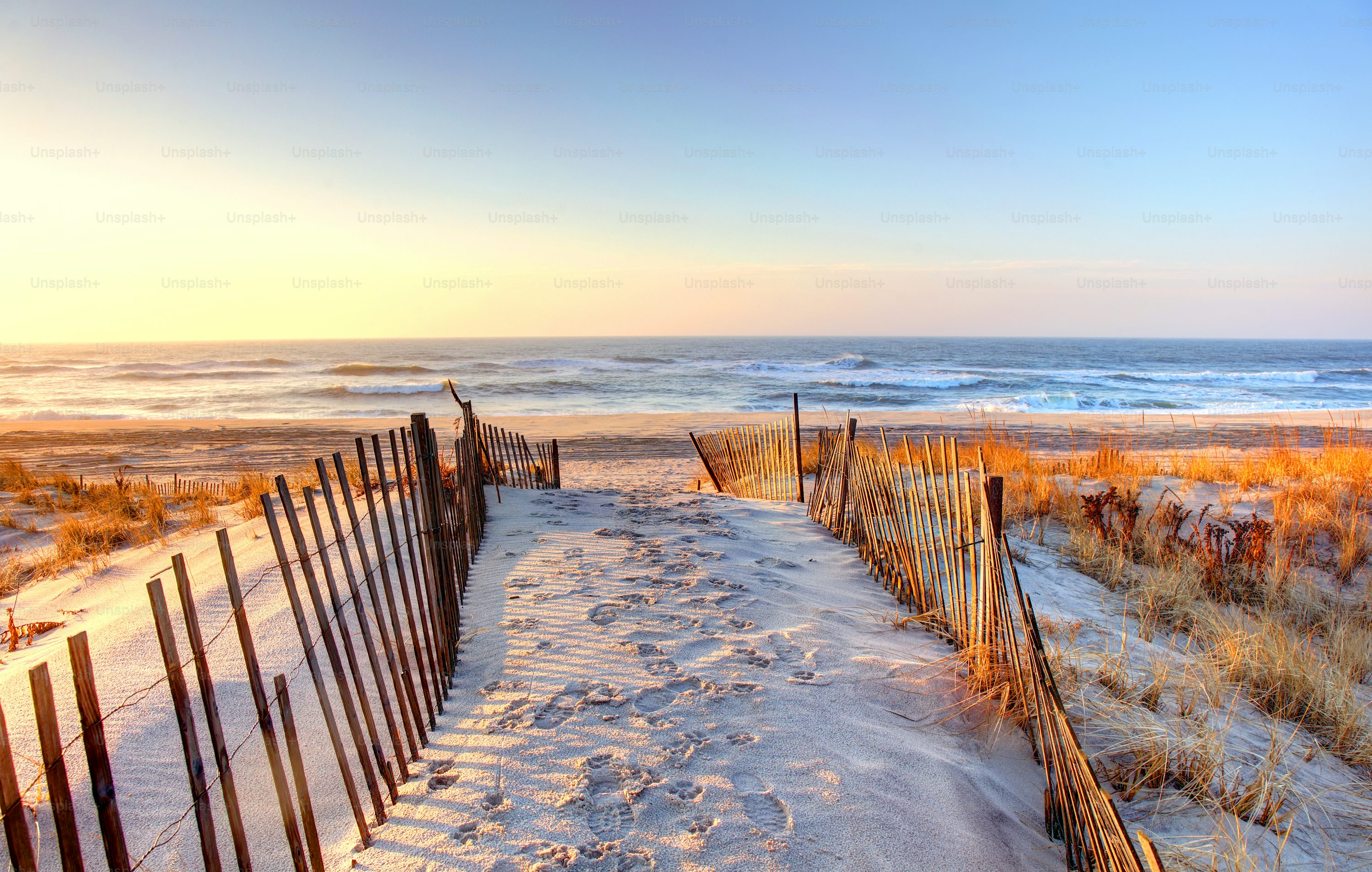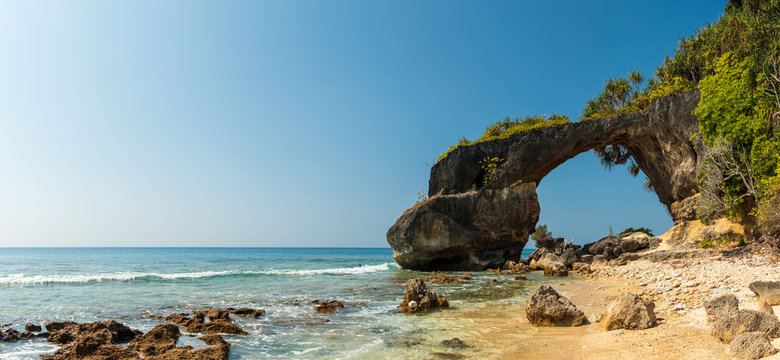The Indigenous Tribes of Andaman Islands
Discover the Ancient Tribes of Andaman

The Andaman Islands are home to some of the world's most ancient indigenous communities, with a history dating back tens of thousands of years. These tribes have preserved their traditional ways of life, offering a fascinating glimpse into human civilization's earliest days. Today, while some tribes have adapted to modern influences, others remain isolated by choice, maintaining their ancestral traditions.
Ancient Heritage
Descendants of some of the earliest human migrations
Unique Languages
Distinct languages unrelated to any others in the world
Sustainable Living
Harmonious existence with nature for millennia
Protected Status
Government policies respect their isolation
Major Tribal Groups
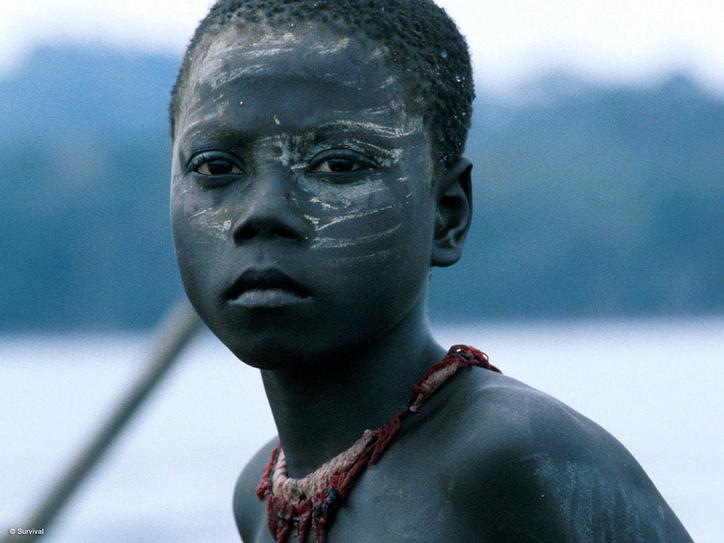
The Jarawa People
The Jarawa are one of the most well-known tribes of the Andamans, living in the western parts of South Andaman and Middle Andaman islands. They maintain a hunter-gatherer lifestyle, relying on the forest and sea for sustenance.
- Semi-nomadic hunter-gatherers
- Known for their intricate body paint
- Limited contact with outsiders
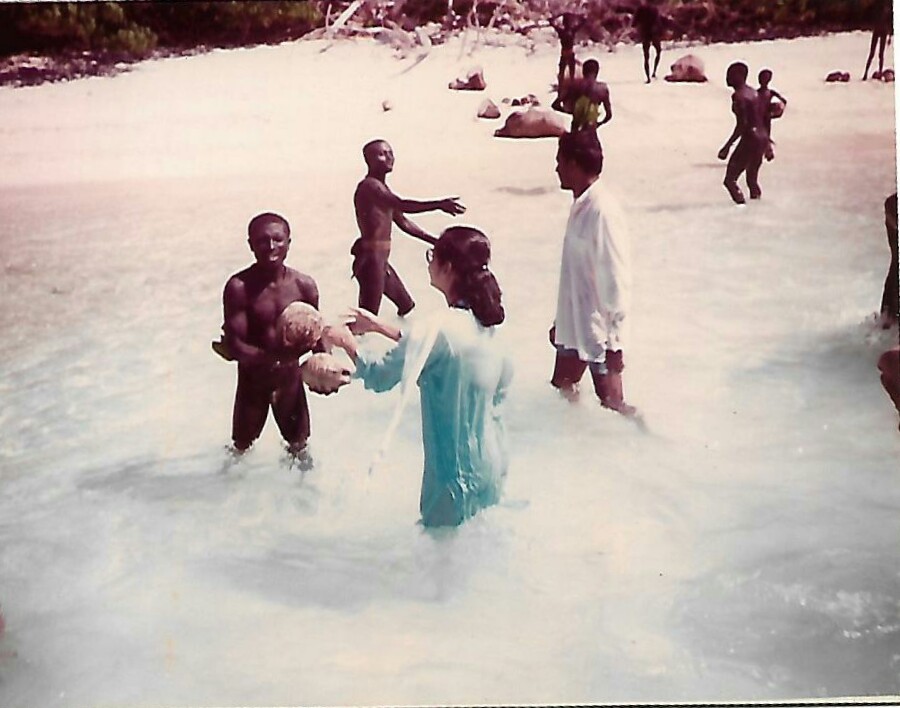
The Sentinelese
The Sentinelese of North Sentinel Island are among the last uncontacted peoples in the world. They vigorously reject all contact with outsiders, maintaining their isolation. Their language and customs remain largely unknown.
- Considered the most isolated tribe
- Protected by Indian law
- Skilled hunters and fishermen
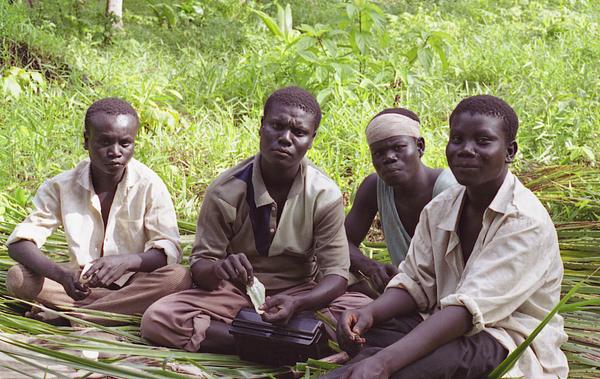
The Onge Tribe
The Onge are one of the indigenous peoples of Little Andaman Island. Unlike some other tribes, they have had more contact with the outside world while still maintaining many traditional practices.
- Traditionally semi-nomadic
- Skilled in honey collection
- Population currently around 100
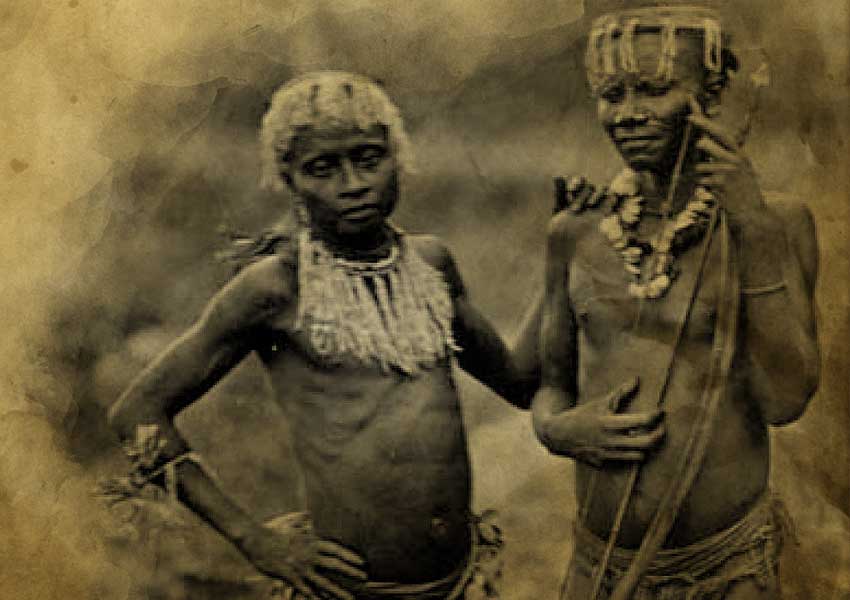
Great Andamanese
Once comprising several distinct tribes, the Great Andamanese now represent a mixed group living on Strait Island. Their numbers have dramatically declined since colonial times, but efforts are being made to preserve their culture.
- Originally ten distinct tribes
- Now largely assimilated
- Language revival efforts underway
Cultural Significance
The tribes of the Andaman Islands represent an invaluable cultural heritage, offering insights into ancient human migration patterns and ways of life that have disappeared elsewhere. Their traditional knowledge of the islands' ecosystems is particularly significant in an age of environmental challenges.
Ecological Knowledge
- Deep understanding of local flora and fauna
- Sustainable hunting and gathering practices
- Traditional medicine knowledge
Cultural Heritage
- Unique oral traditions and storytelling
- Distinctive art forms and body decoration
- Ancient spiritual beliefs
Conservation Efforts
The Indian government has implemented various policies to protect the indigenous tribes of the Andamans, particularly those who wish to remain isolated. These measures aim to preserve their cultures while respecting their right to self-determination.
Protection Measures
- Restricted areas to prevent contact
- Buffer zones around tribal territories
- Strict penalties for unauthorized contact
Support Programs
- Healthcare initiatives for contacted tribes
- Education programs respecting cultural values
- Documentation of languages and traditions
Frequently Asked Questions
Can tourists visit tribal areas?
Most tribal areas, especially those inhabited by isolated groups like the Sentinelese, are strictly off-limits to tourists. Some areas where tribes have had more contact may be accessible with special permissions, but interaction with tribal members is generally discouraged to protect their health and culture.
How old are these tribal cultures?
Anthropological evidence suggests that some Andaman tribes may be descendants of the first human migrations out of Africa, potentially making their cultural heritage 50,000-70,000 years old. Their isolation has preserved ancient traditions that have disappeared elsewhere.
Are the tribes endangered?
Several Andaman tribes are critically endangered due to historical population declines. The Great Andamanese, for example, number fewer than 50 individuals today from perhaps 5,000 in the 18th century. However, protected status and conservation efforts aim to stabilize remaining populations.
What languages do they speak?
Each tribe has its own distinct language, unrelated to any languages outside the Andamans. These languages are considered language isolates, not connected to any known language families. Some contacted tribes have learned Hindi or other Indian languages for communication.
How can we help preserve these cultures?
The most important ways to help are respecting protected areas, supporting ethical tourism practices, and raising awareness about these unique cultures. Donations to reputable organizations working on indigenous rights and cultural preservation can also make a difference.
Tribal Facts
Population Estimates
-
Jarawa
-
Sentinelese
-
Onge
-
Great Andamanese
Cultural Preservation
- Tribal reserves established
- Contact prohibited with isolated groups
- Language documentation projects
- Traditional knowledge archives
Ethical Guidelines
Respect Restricted Areas
Never attempt to visit protected tribal territories
No Photography
Taking photos of tribes without permission is prohibited
Educate Yourself
Learn about tribal cultures from reputable sources
Cultural Sensitivity
- Avoid romanticizing tribal lifestyles
- Don't refer to tribes as "primitive"
- Respect their right to isolation
- Avoid sharing unverified information
- Support ethical research and reporting
Learn More
Anthropological Survey of India
Official research on India's tribal communities
Recommended Reading
"The Land of the Naked People" by Madhusree Mukerjee
Survival International
Organization protecting tribal peoples worldwide
Protecting Andaman's Tribal Heritage
Learn how you can support the preservation of these unique cultures
Respect. Protect. Preserve.
